N-(3-AMINOPROPYL)DIETHANOLAMINE
- CAS NO.:4985-85-7
- Empirical Formula: C7H18N2O2
- Molecular Weight: 162.23
- MDL number: MFCD00047971
- EINECS: 225-642-0
- SAFETY DATA SHEET (SDS)
- Update Date: 2023-06-08 17:06:38
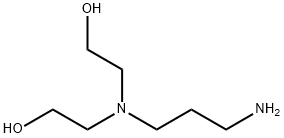
What is N-(3-AMINOPROPYL)DIETHANOLAMINE?
The Uses of N-(3-AMINOPROPYL)DIETHANOLAMINE
N-(3-Aminopropyl)diethanolamine acts as a potential coreactant for enhancing tris(2,2’-bipyridyl)ruthenium(II) electrochemiluminescence.
General Description
A colorless liquid with a faint fishlike odor. May burn though N-(3-AMINOPROPYL)DIETHANOLAMINE may require some effort to ignite. Corrosive to tissue. Produces toxic oxides of nitrogen during combustion.
Air & Water Reactions
Water soluble.
Reactivity Profile
N-(3-AMINOPROPYL)DIETHANOLAMINE is an aminoalcohol. Amines are chemical bases. They neutralize acids to form salts plus water. These acid-base reactions are exothermic. The amount of heat that is evolved per mole of amine in a neutralization is largely independent of the strength of the amine as a base. Amines may be incompatible with isocyanates, halogenated organics, peroxides, phenols (acidic), epoxides, anhydrides, and acid halides. Flammable gaseous hydrogen is generated by amines in combination with strong reducing agents, such as hydrides.
Health Hazard
TOXIC; inhalation, ingestion or skin contact with material may cause severe injury or death. Contact with molten substance may cause severe burns to skin and eyes. Avoid any skin contact. Effects of contact or inhalation may be delayed. Fire may produce irritating, corrosive and/or toxic gases. Runoff from fire control or dilution water may be corrosive and/or toxic and cause pollution.
Fire Hazard
Non-combustible, substance itself does not burn but may decompose upon heating to produce corrosive and/or toxic fumes. Some are oxidizers and may ignite combustibles (wood, paper, oil, clothing, etc.). Contact with metals may evolve flammable hydrogen gas. Containers may explode when heated.
Flammability and Explosibility
Non flammable
Properties of N-(3-AMINOPROPYL)DIETHANOLAMINE
| Boiling point: | 207 °C |
| Density | 1,07 g/cm3 |
| vapor pressure | 0.001Pa at 25℃ |
| refractive index | 1.4985 (589.3 nm 27℃) |
| Flash point: | 138°C |
| solubility | Soluble in water |
| form | clear liquid |
| pka | 14.40±0.10(Predicted) |
| color | Colorless to Light yellow |
| Water Solubility | 10g/L at 20℃ |
| CAS DataBase Reference | 4985-85-7(CAS DataBase Reference) |
| EPA Substance Registry System | (3-Aminopropyl)diethanolamine (4985-85-7) |
Safety information for N-(3-AMINOPROPYL)DIETHANOLAMINE
| Signal word | Danger |
| Pictogram(s) |
 Corrosion Corrosives GHS05 |
| GHS Hazard Statements |
H314:Skin corrosion/irritation |
| Precautionary Statement Codes |
P260:Do not breathe dust/fume/gas/mist/vapours/spray. P264:Wash hands thoroughly after handling. P264:Wash skin thouroughly after handling. P280:Wear protective gloves/protective clothing/eye protection/face protection. P405:Store locked up. P501:Dispose of contents/container to..… |
Computed Descriptors for N-(3-AMINOPROPYL)DIETHANOLAMINE
New Products
4-AMINO-TETRAHYDRO-PYRAN-4-CARBOXYLIC ACID HCL 4-(Dimethylamino)tetrahydro-2H-pyran-4-carbonitrile 4-Aminotetrahydropyran-4-carbonitrile Hydrochloride (R)-3-Aminobutanenitrile Hydrochloride 3-((Dimethylamino)methyl)-5-methylhexan-2-one oxalate 1,4-Dioxa-8-azaspiro[4.5]decane 5-Bromo-2-nitropyridine Nimesulide BP Aceclofenac IP/BP/EP Diclofenac Sodium IP/BP/EP/USP Mefenamic Acid IP/BP/EP/USP Ornidazole IP Diclofenac Potassium THOMAIND PAPER PH 2.0 TO 4.5 1 BOX BUFFER CAPSULE PH 9.2 - 10 CAP SODIUM CHLORIDE 0.1N CVS ALLOXAN MONOHYDRATE 98% PLATINUM 0.5% ON 3 MM ALUMINA PELLETS (TYPE 73) LITHIUM AAS SOLUTION 2-Bromo-1-(bromomethyl)-3-chloro-5-nitrobenzene 2-Bromo-3-nitroaniline N-(3-Hydroxypropyl)-N-methylacetamide 3-Bromo-6-chloropyridazine 4-ethyl-3-nitrobenzoic acidRelated products of tetrahydrofuran



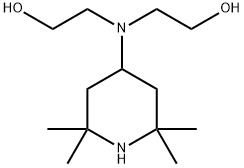
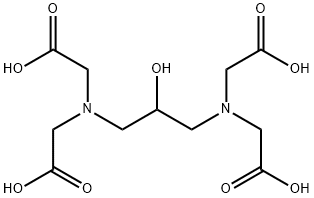


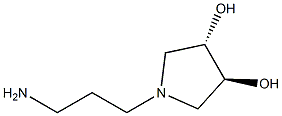
You may like
-
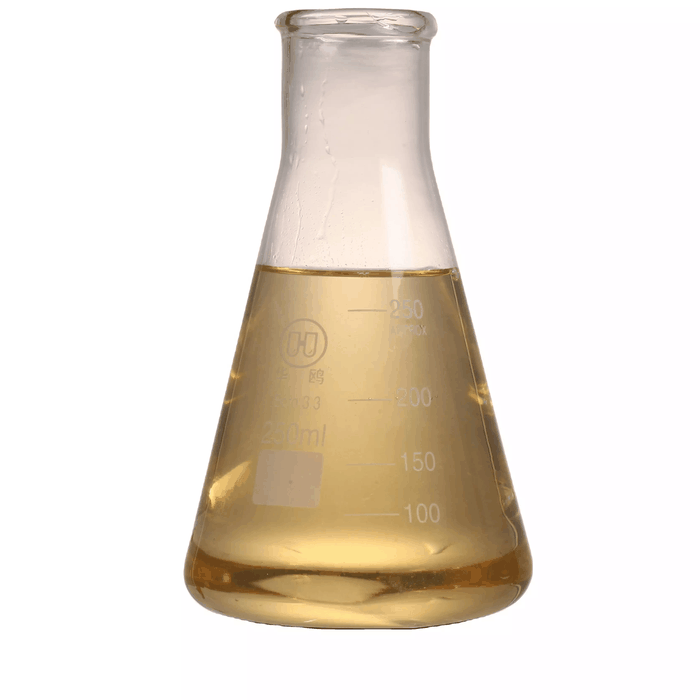 4985-85-7 N-(3-Aminopropyl)diethanolamine 99%View Details
4985-85-7 N-(3-Aminopropyl)diethanolamine 99%View Details
4985-85-7 -
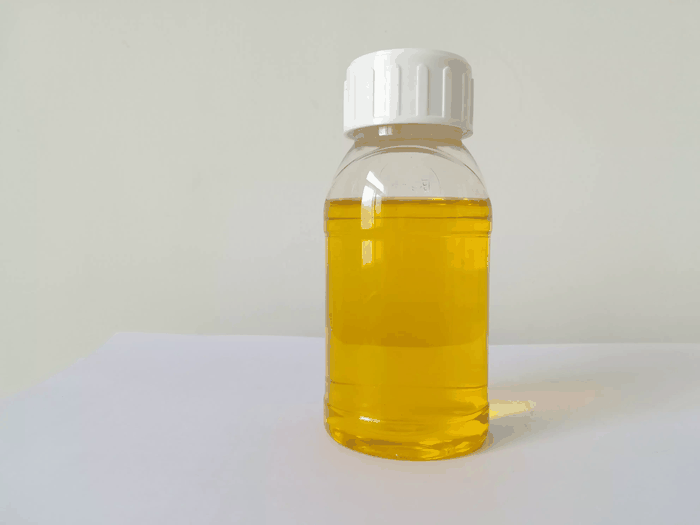 4985-85-7 98%View Details
4985-85-7 98%View Details
4985-85-7 -
 N-(3-Aminopropyl)diethanolamine CAS 4985-85-7View Details
N-(3-Aminopropyl)diethanolamine CAS 4985-85-7View Details
4985-85-7 -
 N-(3-Aminopropyl)diethanolamine 90% CAS 4985-85-7View Details
N-(3-Aminopropyl)diethanolamine 90% CAS 4985-85-7View Details
4985-85-7 -
 1823368-42-8 98%View Details
1823368-42-8 98%View Details
1823368-42-8 -
 2-(3-(tert-butyl)phenoxy)-2-methylpropanoic acid 1307449-08-6 98%View Details
2-(3-(tert-butyl)phenoxy)-2-methylpropanoic acid 1307449-08-6 98%View Details
1307449-08-6 -
 Ethyl 3-(furan-2-yl)-3-hydroxypropanoate 25408-95-1 98%View Details
Ethyl 3-(furan-2-yl)-3-hydroxypropanoate 25408-95-1 98%View Details
25408-95-1 -
 Lithium ClavulanateView Details
Lithium ClavulanateView Details
61177-44-4